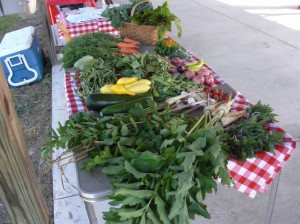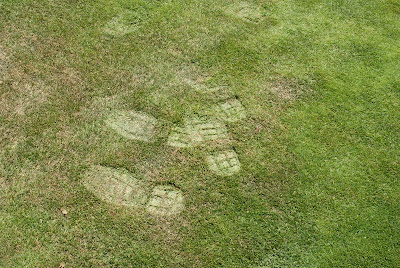Support Farmers, Buy Local
Consumers worldwide are rediscovering the benefits of buying locally grown food. However, this notion is not necessarily new. Farmers have been making their freshly produced wares available at local locations for years.
So, why should anyone buy local? Local produce is considered fresher, tastier, and more nutritious. Studies have shown that fresh produce loses nutrients quickly during transportation. During the trip from harvest to dinner table, sugars in the plants turn to starches, plant cells shrink, and produce loses its vitality. Food grown in the local community was probably picked within the past day or two and, therefore, is much fresher. It is also good for the local economy.
Buying directly from family farms helps them stay in business. Less than 1% of Americans now claim farming as their primary occupation, which isn’t surprising considering that today’s farmer gets less than 10 cents of the retail food dollar. Local farmers who sell directly to consumers get full retail price for their produce. Buying local decreases the likelihood of urbanization and increases the diversity of produce available locally.
As the value of direct-marketed fruits and vegetables increases, selling farmland for development becomes less likely. Also, rural farming areas can serve as a habitat for many species of wildlife. Buying local produce proactively preserves the agricultural landscape. By supporting local farmers today, you can help ensure that there will be farms in your community tomorrow, that there will be a habitat for wildlife, and that future generations will have access to locally produced food.
How can you be involved in this resurging concept, you might ask? One of the many ways you can provide support, while gaining fresh produce, is to join a CSA. The term CSA stands for Community Supported Agriculture. It involves one or more farmers, and many individuals or families, from a community who pledge financial support to a farm operation. The farmers and consumers share the risks and benefits of food production. Members are considered “share-holders” of the farm and they generally pledge in advance to cover the anticipated costs of the farm operation and farmer’s salary.
In return for their commitment, consumers receive “shares” or a regular portion of what has been harvested from the farm throughout the different growing seasons. There are risks associated with farming that affect both the farmer and the shareholder, including poor harvests due to unfavorable weather or pests. By selling directly to their community farmers receive better prices for their crops, gain some financial security, and are relieved of much of the burden of marketing. Members benefit because they receive a wide variety of fresh, local produce harvested at the peak of freshness and flavor. If you would like to find a CSA in your community you can visit the local harvest website.
There are numerous other opportunities to be involved in supporting local agricultural operations. A good place to start would be to make a visit to your local Extension office. The agents there can help point you in the right direction, whether you want to start your own farming operation or simply provide fresh produce for your home.



